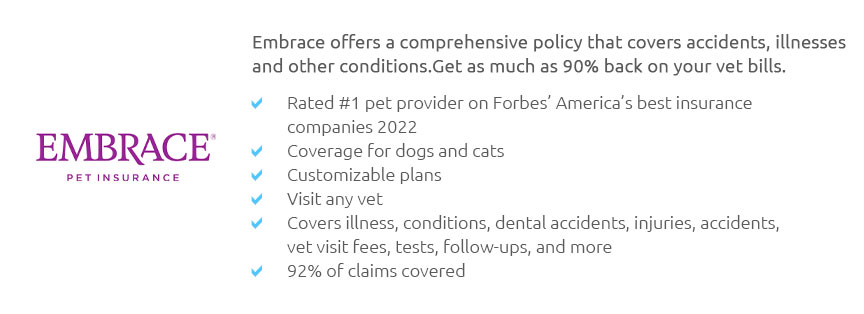 |
 |
 |
 |
 |
 |
|
 |
|
 |
|
 |
|
 |
|
 |
 |
 |
 |
 |
 |
 |
 |
Understanding Pet Insurance Prices: Key Information and Common ConcernsIn recent years, the concept of pet insurance has gained significant traction, not only as a financial safety net but also as a crucial component of responsible pet ownership. The price of pet insurance is a subject of much debate and curiosity among pet owners, with various factors influencing the premiums and coverage levels. This article aims to delve into the intricacies of pet insurance pricing, addressing common concerns and providing a comprehensive understanding of what one might expect when considering such a policy. Factors Influencing Pet Insurance Prices Several factors play a pivotal role in determining the cost of pet insurance. Primarily, the type of pet-be it a dog, cat, or exotic animal-greatly influences the premium. Dogs, for instance, generally have higher insurance costs compared to cats due to their predisposition to certain hereditary conditions and their generally larger size, which can result in more expensive medical treatments. Additionally, specific breeds within each species may face higher premiums based on their known health issues. For example, a purebred dog like a Bulldog or a German Shepherd may incur higher costs due to their breed-specific health concerns. Age is another significant determinant. Younger pets are typically cheaper to insure since they are less likely to have pre-existing conditions, whereas older pets may face higher premiums or limited coverage options due to the increased risk of illness as they age. The geographical location of the pet owner also impacts pricing, as veterinary costs can vary significantly from one region to another. Urban areas with higher costs of living usually see higher insurance premiums compared to rural regions. Coverage Levels and Deductibles When considering pet insurance, understanding the coverage levels and deductibles is crucial. Insurance policies range from basic to comprehensive, with basic plans covering accidents and injuries, while more comprehensive plans may include preventive care, chronic conditions, and even alternative therapies. Naturally, more extensive coverage results in higher premiums. Deductibles, the amount paid out-of-pocket before insurance coverage kicks in, also affect premium costs. Higher deductibles typically result in lower monthly premiums, making it essential for pet owners to carefully assess their financial situation and their pet's health needs when choosing a policy. Common Concerns and Misconceptions One common concern among pet owners is whether pet insurance is truly worth the investment. While some argue that setting aside savings for emergencies might be a more cost-effective approach, others point out that unexpected veterinary bills can quickly deplete such savings. Insurance provides the peace of mind that comes with knowing one can afford necessary care without financial strain. Another misconception is that pet insurance covers all veterinary expenses. It's important to thoroughly read and understand policy terms, as some treatments, like dental care or certain hereditary conditions, may not be covered or may require additional riders. Moreover, some pet owners worry about the claims process, fearing it may be cumbersome or that claims might be denied unjustly. However, most insurance companies offer straightforward claims processes, and understanding the policy details can help avoid unpleasant surprises. It's advisable to choose reputable insurers with positive customer reviews and transparent claim processes. Conclusion In conclusion, while the cost of pet insurance can vary widely based on numerous factors, it is an invaluable tool for managing the financial responsibilities of pet ownership. By carefully considering the pet's age, breed, and health history, along with personal financial circumstances, pet owners can select a suitable insurance plan that provides adequate coverage and peace of mind. Ultimately, investing in pet insurance can be seen as a proactive approach to ensuring one's beloved pet receives the best possible care without the fear of prohibitive costs. https://www.pawlicy.com/blog/pet-insurance-cost/
How Much Does Pet Insurance Cost on Average in the US? The average monthly pet insurance premium is $49.51 for dogs and $28.48 for cats, according to the latest ... https://www.progressive.com/pet-insurance/
Pets Best offers an affordable, fixed-price pet insurance plan for broken bones, bite wounds, accidental swallowing of foreign objects, and other common ... https://www.nerdwallet.com/article/insurance/cost-of-pet-insurance
The average pet insurance cost is about $56 per month for dogs and $32 per month for cats for the most common type of policy.
|